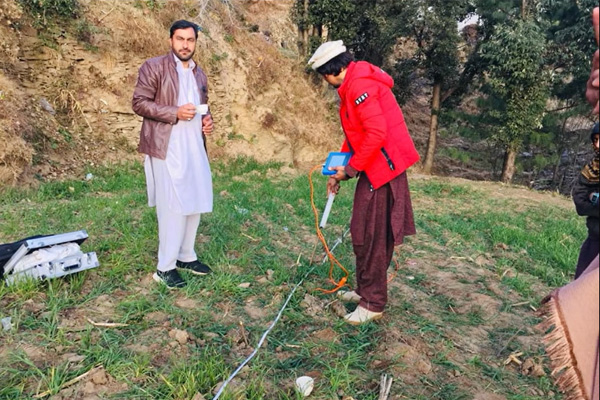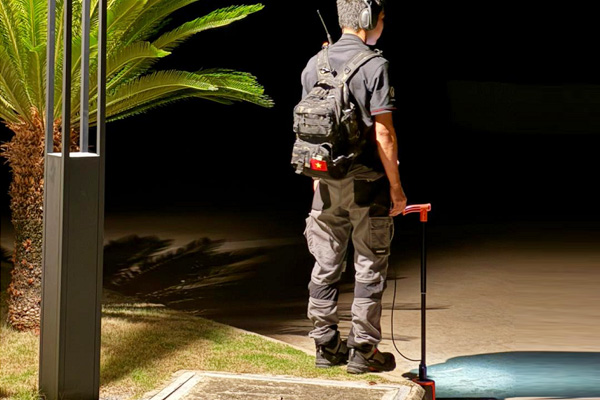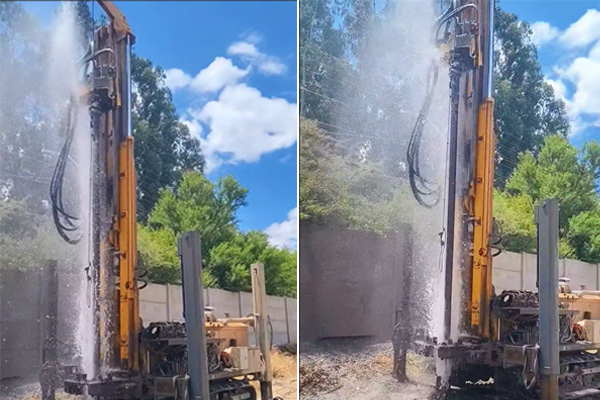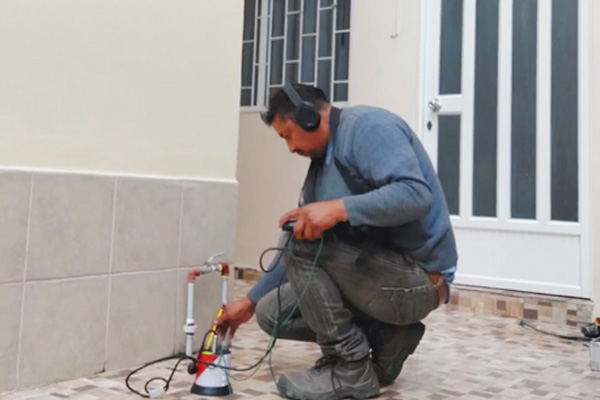In today's accelerating urbanization process, as the lifeline of urban water supply systems, the safe and stable operation of water pipelines is crucial. However, due to various factors such as pipeline aging, construction defects, geological changes, etc., water leakage problems occur from time to time, which not only causes a large waste of water resources, but also may lead to safety hazards such as ground collapse and house damage. Therefore, leak detection has become an indispensable part of urban water supply management. This article will delve into the principles and methods of water pipe detectors, from traditional manual detection to modern acoustic detection technology, showcasing the innovation and progress of leak detection technology.
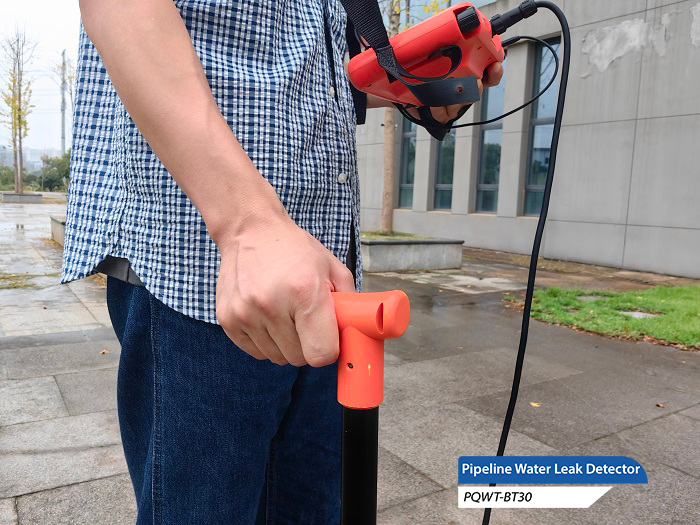
The principle of water pipe detector
The core of water pipe detector lies in acoustic detection technology. This technology utilizes the propagation characteristics of sound waves in a medium and emits sound waves towards the water pipeline through specific emitters. When sound waves propagate inside pipelines, they will reflect and scatter when encountering different media interfaces (such as pipeline walls, water, air, or leakage points). As a special medium interface, the sound wave reflection characteristics of the leakage point are significantly different from those of normal pipeline walls. The water pipe detector can accurately determine whether there is water leakage in the pipeline by receiving and analyzing the reflected sound waves, especially the propagation time and frequency changes of the sound waves.
Methods for leak detection
Traditional methods
In the early development of leak detection technology, people mainly relied on traditional methods such as manual auscultation and observation of water quality changes for detection. Although these methods can detect water leakage problems to a certain extent, the process is cumbersome, time-consuming, and labor-intensive, and is easily affected by external factors, resulting in low accuracy. Especially in complex environments such as deep underground or within dense building clusters, traditional methods are often ineffective for pipeline inspection.
Modern methods
With the advancement of technology, modern water pipe detectors have emerged. These instruments use high-sensitivity sensors and advanced analysis software, which can capture and analyze sound wave signals in real time, quickly locate the location of water leakage, and provide detailed detection reports. Compared to traditional methods, modern water pipe detectors have the characteristics of being more accurate and faster. They can not only improve detection efficiency and reduce errors caused by human factors, but also achieve precise detection in complex environments, providing strong technical support for urban water supply management.
The Application and Prospect of Water Pipe Detector
Water pipe detectors are playing an increasingly important role in urban water supply management. They can not only help management personnel detect and deal with water leakage problems in a timely manner, reduce water resource waste and safety hazards, but also provide scientific basis for pipeline maintenance and extend the service life of pipelines. With the continuous advancement of technology and deepening of applications, water pipe detectors will play a more important role in future urban water supply management.
In short, the principles and methods of water pipe detectors reflect a leap from traditional to modern. The application of acoustic detection technology has brought revolutionary changes to water leakage detection, enabling more accurate and rapid detection and treatment of water leakage problems. In the future, with the continuous innovation and improvement of technology, water pipe detectors will play a more active role in ensuring urban water supply safety and promoting water resource conservation and utilization.





